Objectif
Le mini-projet est suite du projet 25. Il permet d’intégrer la liaison infrarouge (émetteur+récepteur IR) à la place du potentiomètre analogique. Dans le projet précédèrent, on ajuste le rapport cyclique du signal PWM manuellement en utilisant un potentiomètre rotatif. Dans le présent projet on utilisera une télécommande IR dédiée à la même opération.
Fonctionnement
Je vous invite en premier temps à consulter le projet 25 :
Les modifications apportées par rapport à la partie 1 du projet sont les suivantes :
1. Utilisation d’un émetteur IR : Se forme d’une télécommande IR, deux boutons « 1 » et « 2 » seront utilisés de la façon suivante : bouton « 1 » : lorsqu’on appuie sur la touche « 1 » on incrémente le rapport cyclique du signal PWM d’un pas constant. On sait que le rapport cyclique peut varier entre 0(0%) et 255(100%). Lorsque la valeur atteint 255 on recommence à zéro. Bouton « 2» : lorsqu’on appuie sur la touche « 2 » on décrémente la valeur d’une valeur constante. Lorsque la valeur atteint 0 on initialise le compteur à 255.
Astuce : On peut utiliser un compteur du type « unsigned char » codé sur 8 bits non signés. La mise à zéro ou à 255 s’effectuer d’une façon automatique (255+1=0, 0-1=255).
2. Sortie D3 de la carte Arduino 2 : On utilisera une nouvelle sortie PWM ayant le même rapport cyclique que la sortie D3. Elle sera utilisée pour observer le signal PWM en utilisant un oscilloscope numérique. On aura deux moyennes de visualisation : La luminosité de la LED branchée dans la sortie D2 et la courbe affichée dans l’oscilloscope.
Note : Consultez les projets précédents pour en savoir plus sur le fonctionnement et l’utilisation d’un émetteur/récepteur IR.
Programme Arduino 1
Programme Arduino 2
Téléchargement
Photos du projet
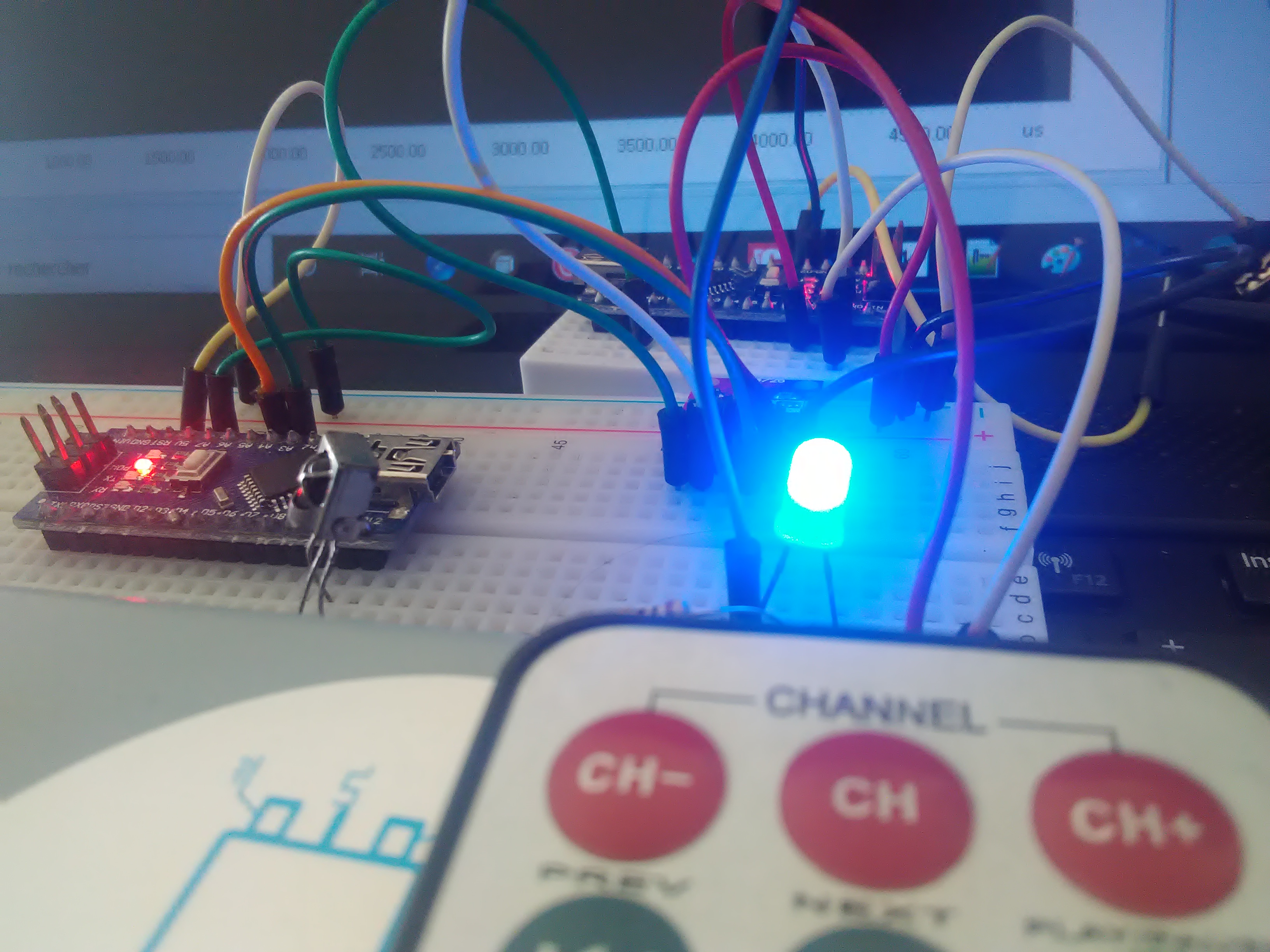
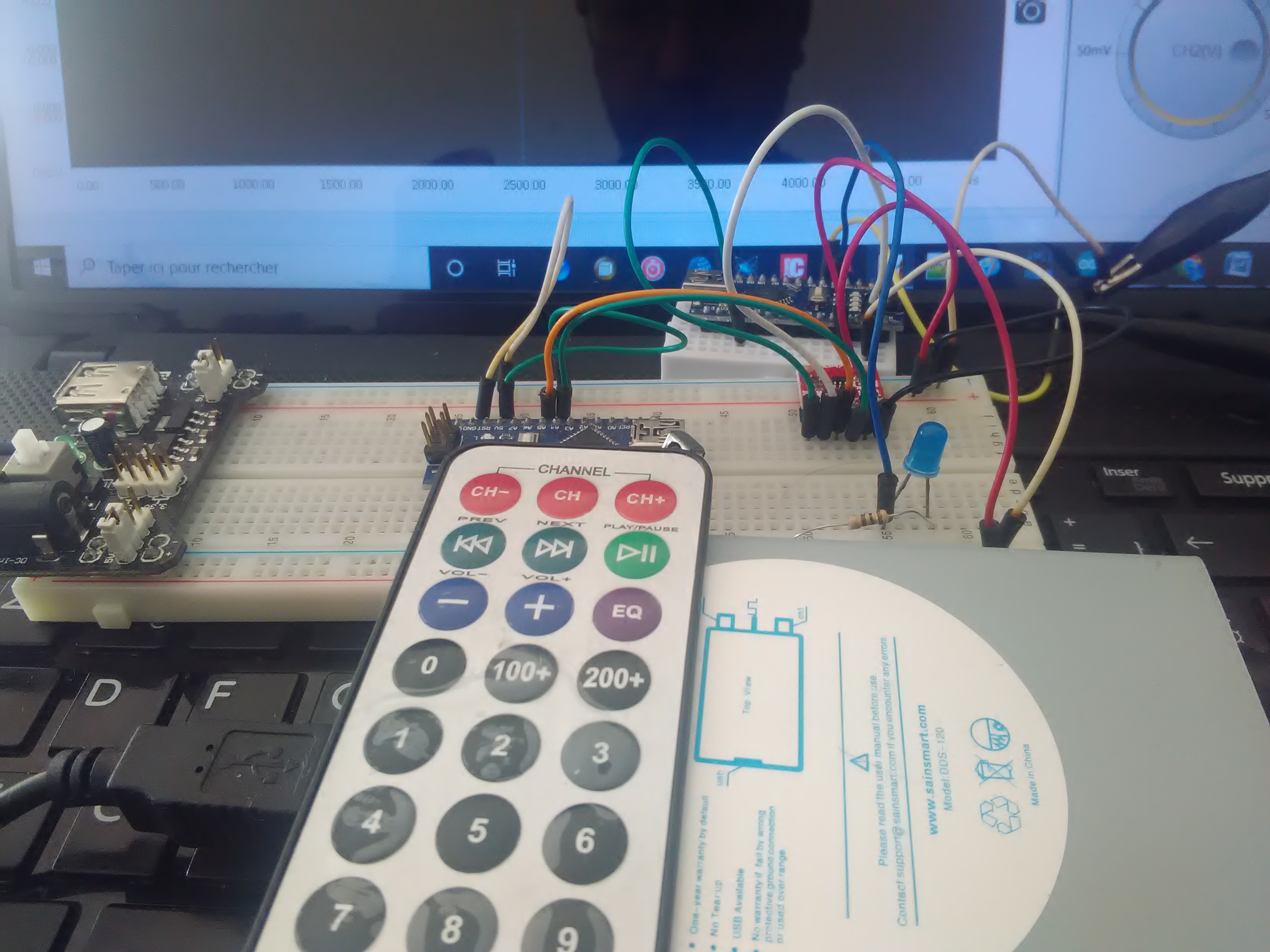
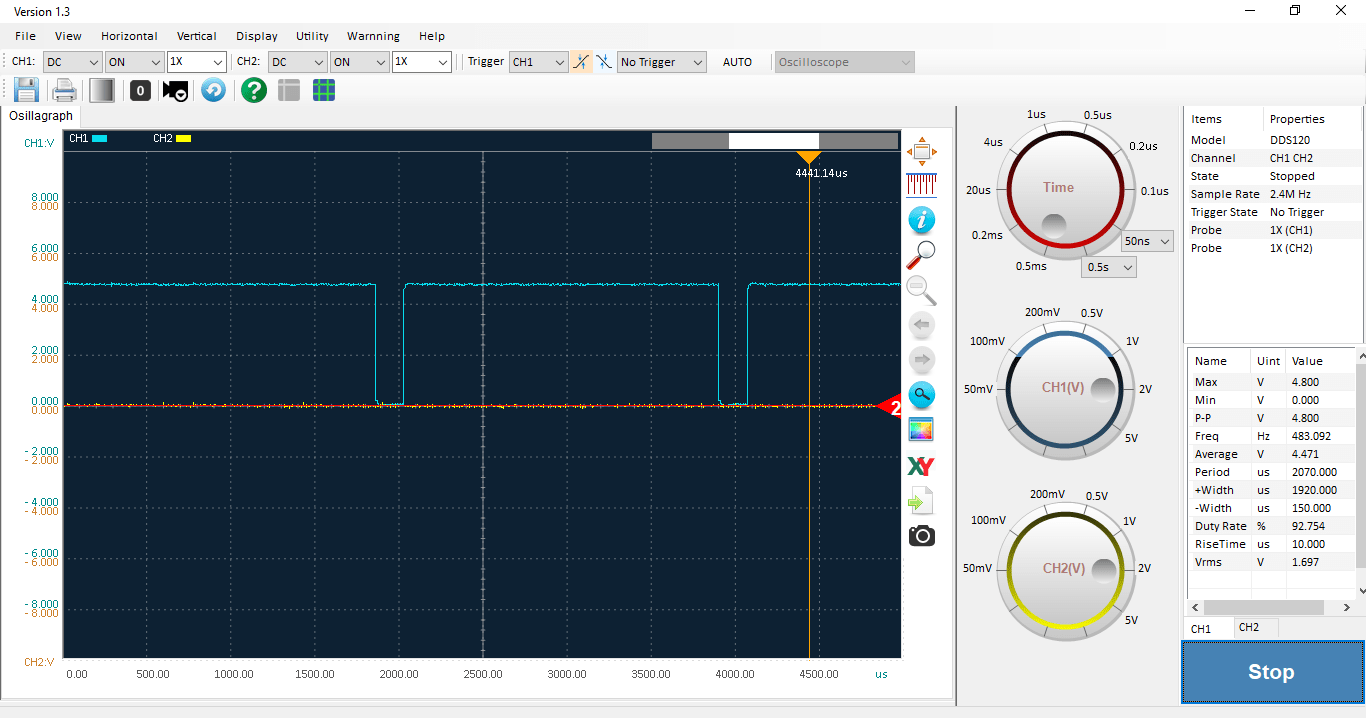
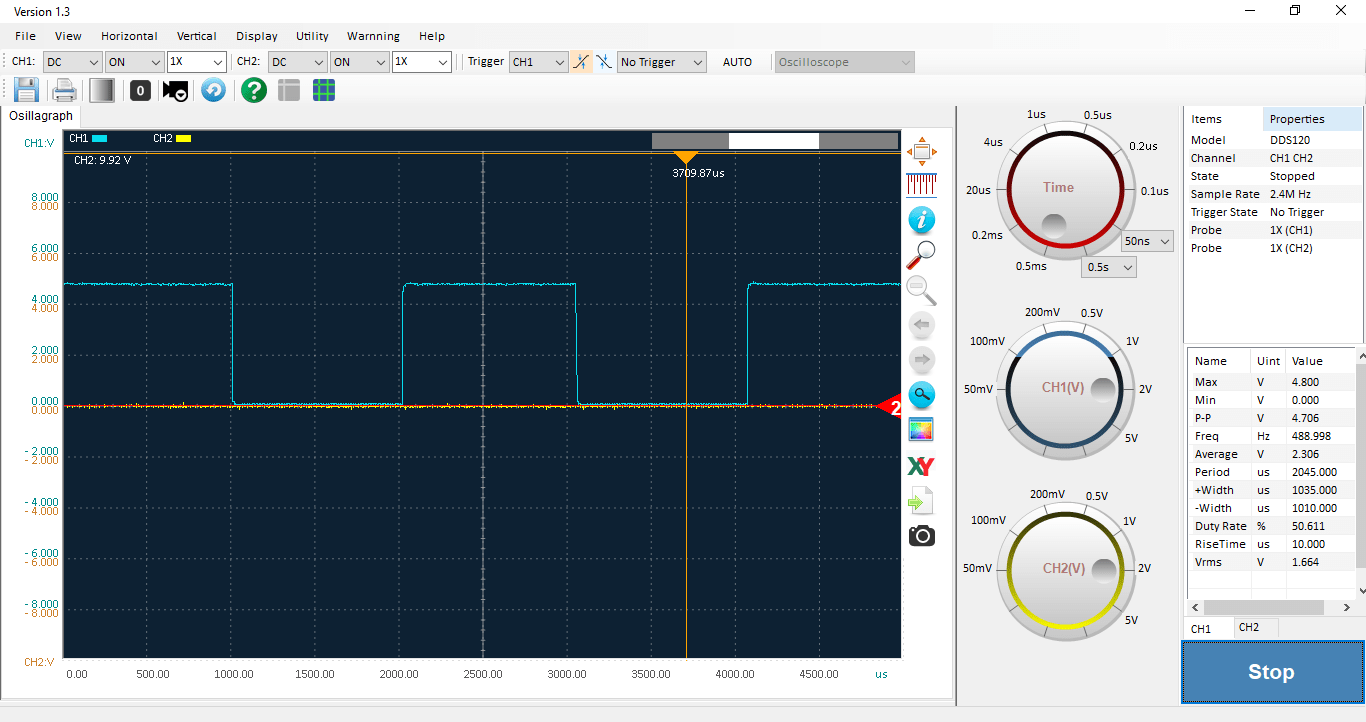
Vidéo démonstration
[maxbutton id= »6″ ]
[maxbutton id= »5″ ]
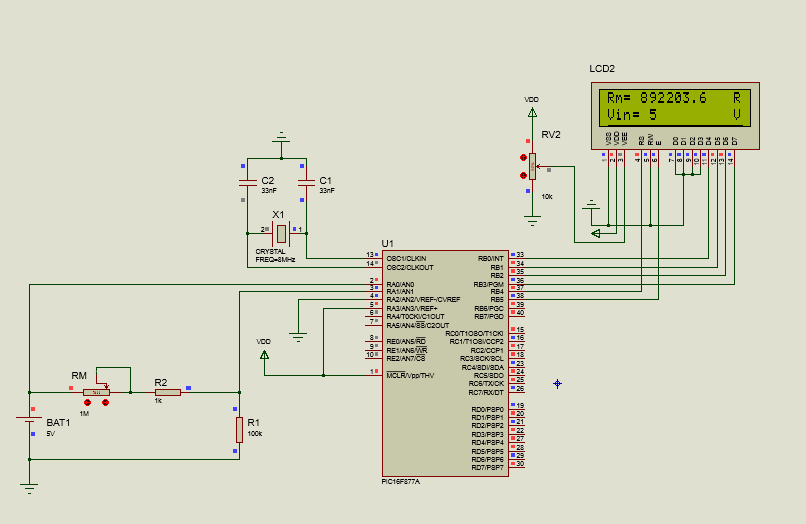
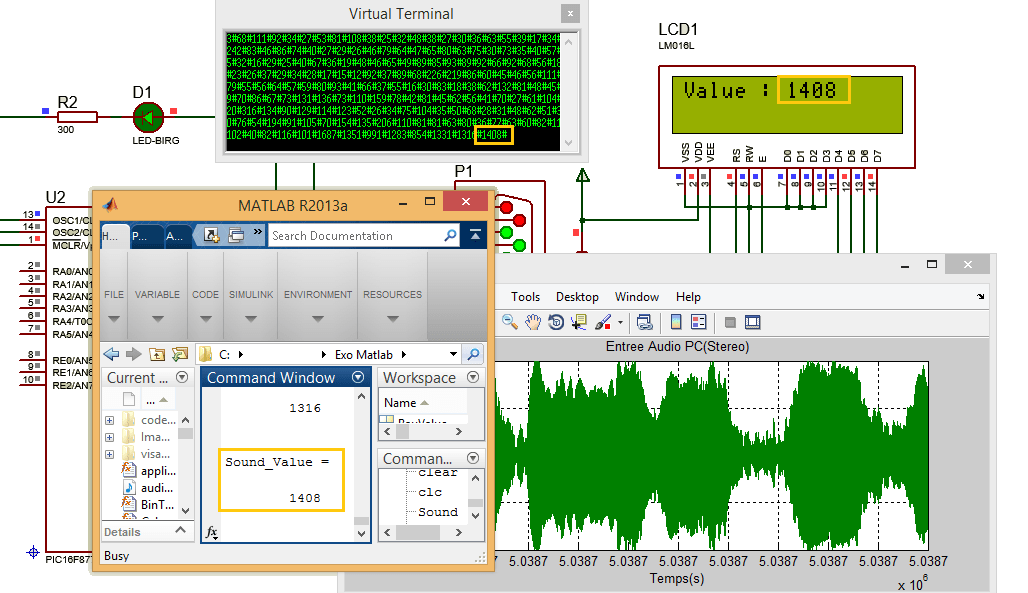
Bonjour, c’est très bien expliqué ! Juste une petite question,quel est le logiciel d’oscilloscope utilisé dans ce projet ?
Merci !
Bonjour, Merci pour votre message. J’ai utilisé un oscilloscope numérique (deux canaux, 20 MHz) que j’ai branché en liaison USB avec l’ordinateur. L’équipement est muni d’un logiciel spécifique. Voilà un exemple d’oscilo sur Amazon: ICI.
Bon courage 😉